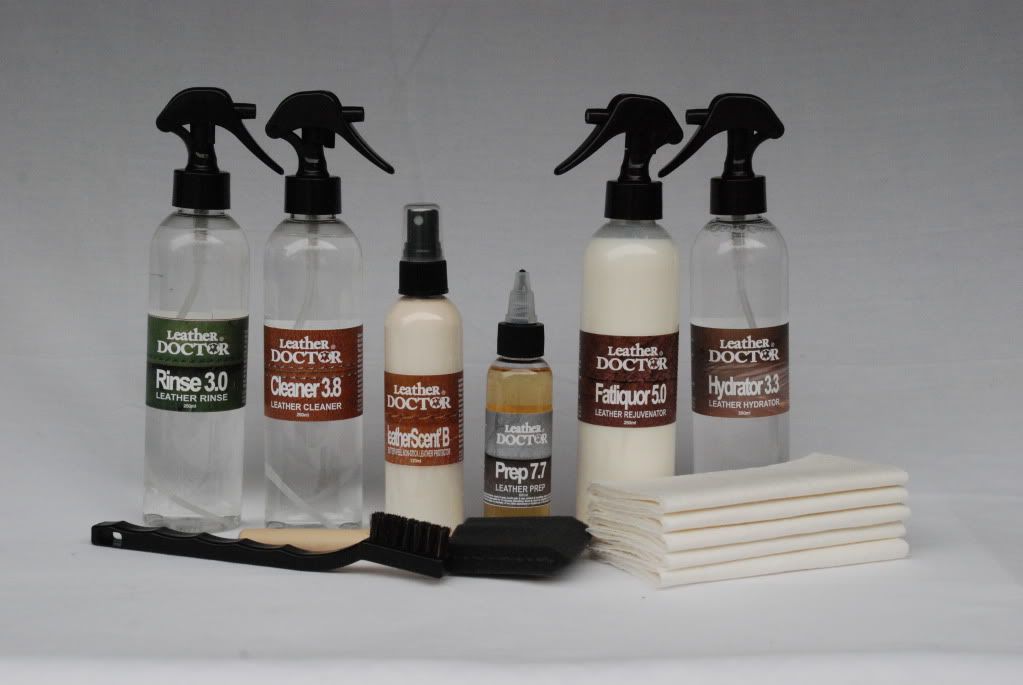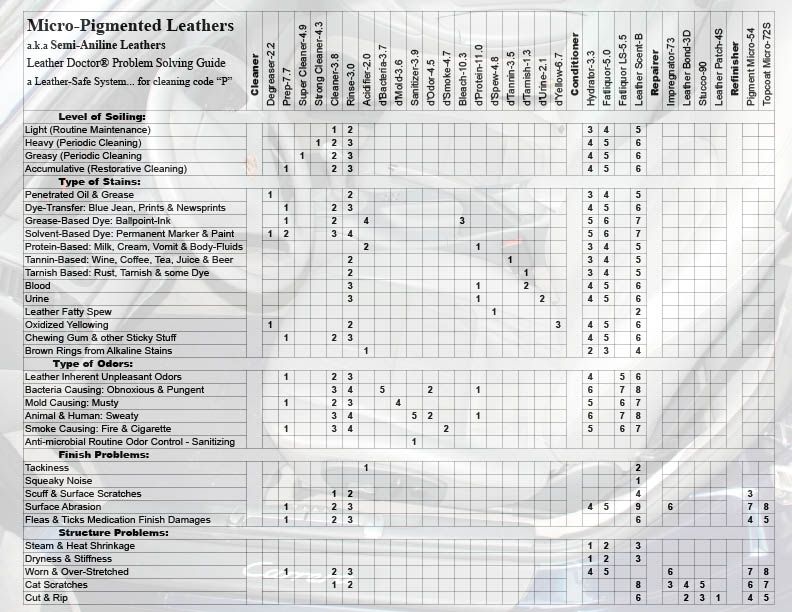Ok my name is M… and I recently purchased a new Ford F150 SVT Raptor with leather front seats. This is the first new vehicle I have owned with leather. In the past I had just used Griot’s leather care for cleaning and conditioning. I did the same now but went to my local upholstery shop to have my center armrest done in leather and he seen my seats and told me I better get something on it cause the sides where the sun hit are getting hard and show lines already. The truck is my toy so not driven much and in sun not often, with only 1500 miles I am concerned on how to upkeep and get it soft again. I just used LEXOL as a cleaner and conditioner but not as soft as I would have liked or thought.
I have read a bit on the forum and get confused, what do you suggest to use for cleaning and upkeep for long life and the process. Also how much
Note:
The close ups are all of the driver side and mostly in the side bolster by door. Do remember it just got cleaned and coated with LEXOL about 4 hours ago
Thanks M…
#1
#2
#3
#4
#5
#6
#7
#8
#9















 and appreciate all the help and advice.
and appreciate all the help and advice.